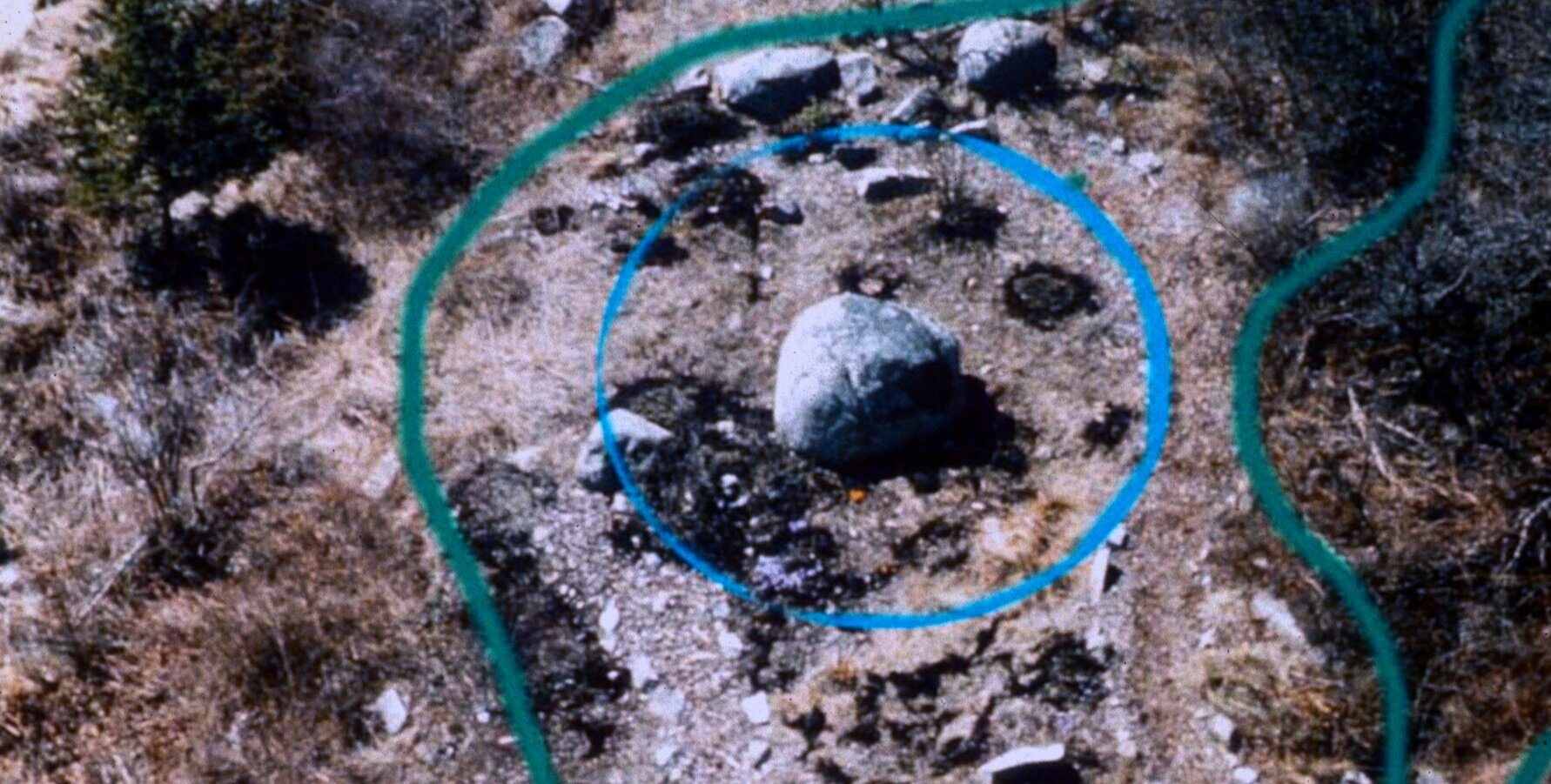
Pushing Rocks

The Future Is Now
This is a seminal time for me at a seminal time in the world. My work is getting attention. The world is hurtling over a cliff at warp speed.
In any artwork, there is a focal point. In a flat image, it could be a dash of cadmium red paint. In a sculpture, it may be the torque that guides the eye through space. In a work of conceptual art, the focal point might be what is implied: that an idea has a visual presence in our brain. Activist and social practice art is easy: what is the functional change? As an ecoartivist, my focal point is just beyond my reach right now. It is in what I can't know, predict or anticipate.

Surviving a Failed State
Tonight will be the second session of the reading group I moderate for ecoartspace, “Fiction as Resistance,” I have requested of the group, that they find passages they care to share from Octavia Butler’s, “The Parable of the Sower.” The book has gotten a lot of recent attention for its prescience.

Law, Society and Art
Our times have inspired me to create a new drawing series, "Tolstoy and I," represented by the Anita Rogers Gallery. I have initiated this series of conte pencil self-portraits on the torn pages of my late mother’s 1937 edition of Leo Tolstoy's "War and Peace," in the original Cyrillac and French. Tolstoy began writing this epic novel 165 years ago.

After the Fires and the Floods
Every culture has a notion of justice. The coincidence of Donald Trump's inauguration and Martin Luther King's Day, days after devastating fires in LA might be a good time to consider juatice in what it means to choose to listen to inconvenient truths or enforce silence on witnesses in the name of the status quo. Justice is an evolutionary process that requires both witnessing and listening. Fires and floods are bearing witness to us all.

Blued Trees Goes to the Hague
When I was a small child, I was plagued by nightmares of enormous monsters pursuing me. I had no means at the time to understand the possible source of those dreams. We now know that epigenetic memories are real. I think the dream monsters that pursued me were the avatars of the real monsters that had pursued my parents as war refugees before my birth. I had intuitively internalized their nightmarish histories in Eastern Europe and Palestine. Arguably, that was my first experience of 4 dimensional space-time.

Location, location, location
As in real estate, location is everything in the art world. Location can make the difference between whether even the most powerful art statement is trivialized or has its due impact and on what audience.

The Fourth Wall as Sculpture
Theater can be political and certainly all politics are theater. Politics and war are the most consequential theaters of all, sculpting civilizations and their stories for eons. The outcome of this election will also sculpt the land as nothing else.

Time and the Matron
The title of this aricle refers to Schubert’s famous work, Death and The Maiden. That allusion could be a separate treatise about the build-up to October 30 in the past month. This could be a very long article about how artists have used time as another color in our palette. I am thinking of John Cage’s, “.4'33'” That may be the subject for a future article but tonight I don’t have time.

The Wife and the Sea
The evening of October 30, we will be asked to judge two people for ecocide. Both are fictional. The verdict will be decided in a gallery setting. The context will be the Anita Rogers Gallery. People will be able to attend and participate both live and by Zoom.
The audience will hear a "Wife's Lament" about her husband, who is being tried for ecocide. We will listen to soloist Alison Cheeseman sing about aspects of their marriage, their youthful joy, her present loneliness and her nightmare. Her dream describes the world her husband is accused of creating. We will watch Rishauna Zumberg perform as the wife's alter ego, expressing her heart's struggle.

Silos and Sensibilities
Clearly, in the aria to be performed for Blued Trees in New York City; The Sea Will have The Last Word, the wife did not have some important conversations with her husband. We don't know why but we know that one consequence is that nothing stood in the way of his stardom or her loss. Now everyone has to pay the piper for ecocide and the sea will have the last word on his career.
